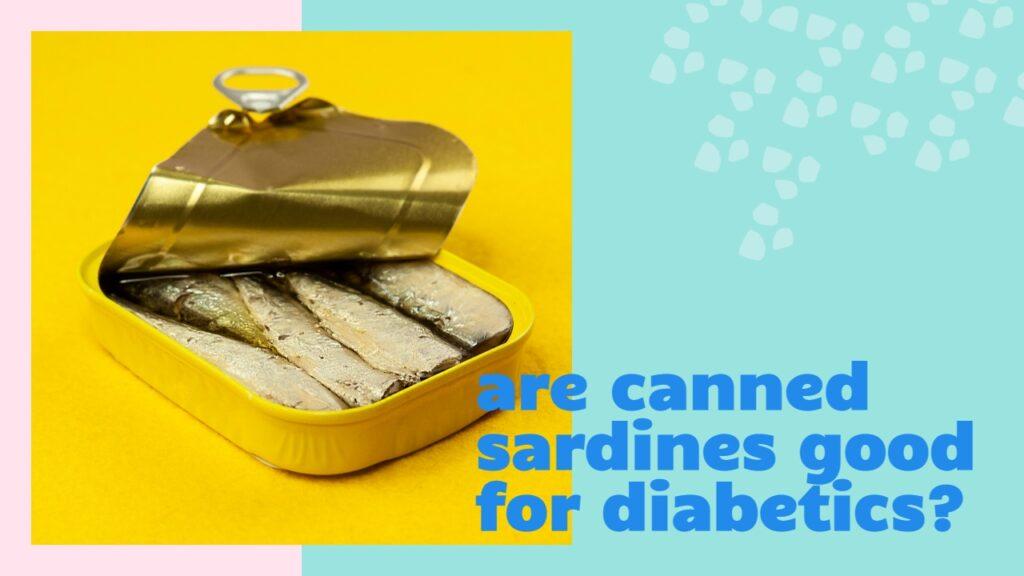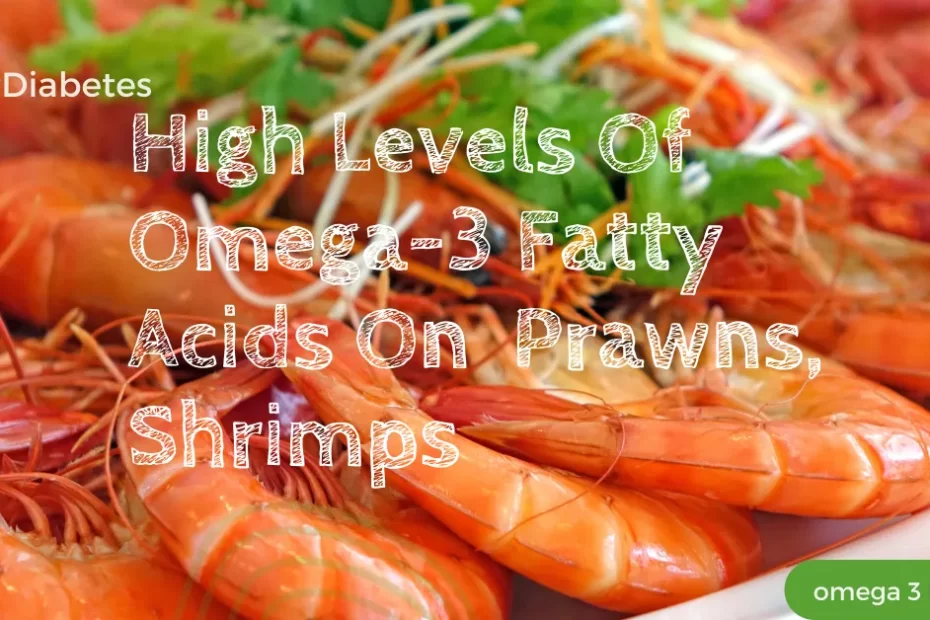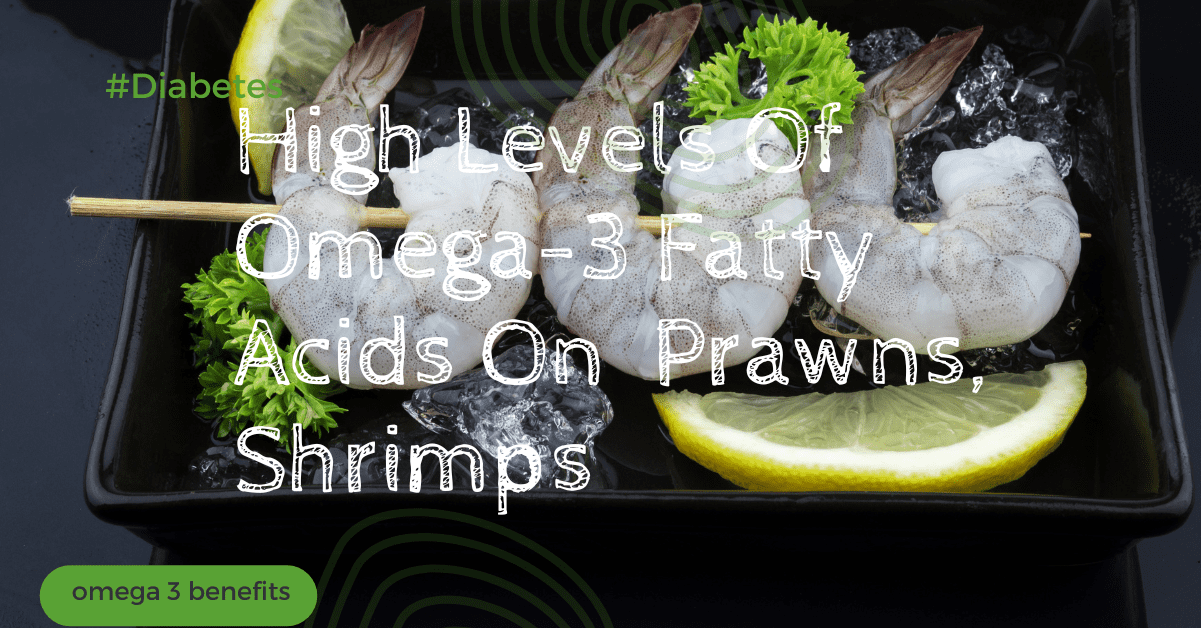Are you a seafood lover? If so, then you probably already enjoy indulging in shrimp and prawns. These delicious crustaceans are a staple in many cuisines worldwide and can be prepared in various ways. Whether you prefer grilled, sautéed, or in a flavorful pasta dish, shrimp and prawns never disappoint.
This article will explore shrimp and prawns’ differences and similarities, as well as the best ways to cook them. While they may look similar, these two seafood options have distinct characteristics that set them apart. So, if you’re ready to learn more about these delectable creatures and how to make them shine in the kitchen, keep reading!
From understanding the nuances in their appearance and taste to discovering the most popular shrimp and prawn recipes, this article will serve as your ultimate guide to these delightful crustaceans. So, whether you’re a seafood connoisseur looking for new recipe ideas or a curious food lover seeking to broaden your culinary knowledge, join us as we explore the fascinating world of shrimp and prawns. Get ready to add some gourmet flair to your next meal!
Many types of seafood are suitable for people with diabetes. Salmon, mackerel, tuna, sardines, and bluefish are rich in omega-3 fatty acids, which promote heart health by helping to lower blood fats called triglycerides. Fish is considered a diabetes-friendly food as part of a healthy, well-balanced diet.
What kind of fish can a diabetic eat?
Fatty Fish, such as Salmon, sardines, herring, anchovies, and mackerel, are excellent sources of omega-3 fatty acids, which significantly benefit heart health.
Shrimp and prawns are among the most popular types of seafood worldwide, especially in Asia. These shellfish are packed full of nutrients and minerals, such as zinc, iron, calcium, vitamin B12, omega-3 fatty acids, protein, and fiber.
Fatty fish – Diabetes – Shrimp and Prawns
Getting enough of these fats regularly is especially important for diabetics, who have an increased risk of heart disease and stroke
Are Prawns Good For Diabetes
Prawns are a popular choice among seafood lovers for their delicate flavor and versatility in cooking. Understanding their impact on health, particularly for individuals with diabetes, requires a comprehensive look at their nutritional composition and how they fit into a diabetes-friendly diet.
Shrimp and Prawns on the grill?
Prawns are crustaceans, related to lobsters and crabs, and are found in fresh and saltwater. Nutritionally, prawns are known for their low-calorie content and high protein levels. They are also a good source of vitamins and minerals, including vitamin B12, iodine, selenium, and phosphorus. Unlike many other protein sources, prawns are very low in saturated fat, making them a heart-healthy choice.
Seafood for People With Diabetes
| Prawns vs Shrimp | |
|---|---|
| Similarity | Both are shellfish and often used interchangeably in cooking. |
| Size | Prawns are smaller; shrimp are larger marine invertebrates. |
| Dietary Source of Amino Acids | Shrimp contain less arginine and lysine than prawns because they do not feed on plants. |
| Fat Content | Both contain significant fats, including some saturated fats like palmitic and stearic acid. |
| Minerals and Vitamins | High in zinc, iodine, copper, selenium, sodium, potassium, phosphorus, Vitamin B complex, and Vitamin E. |
| Health Benefits of Sardines for Diabetics | |
| Heart Health | Omega-3 fatty acids reduce inflammation and lower the risk of heart disease—a common diabetes complication. |
| Bone Health | Rich in calcium, sardines help reduce the risk of osteoporosis, especially in people with long-term diabetes. |
| Diabetes Prevention | Regular consumption may lower the risk of developing type 2 diabetes. |
| Risks of Overconsumption (Shrimp & Prawns) | |
| Cholesterol Impact | High in dietary cholesterol; excessive intake can raise blood cholesterol and heart disease risk. |
| Recommendation | Best consumed in moderation, especially for diabetics with existing heart disease or high cholesterol. |
Pros and Cons of Canned Fish
| Pros | Cons |
|---|---|
| Convenient and ready to eat – no cooking required. | Some canned fish varieties may be high in sodium. |
| Long shelf life – easy to store for emergencies or pantry use. | May contain added preservatives or flavor enhancers. |
| Rich in protein and essential nutrients like omega-3 fatty acids, vitamin D, and calcium (especially sardines with bones). | Some types (like tuna) may contain mercury, especially larger species. |
| Affordable source of seafood compared to fresh fish. | Texture and flavor can differ from fresh fish and may not appeal to everyone. |
| Portable – great for travel, picnics, or lunchboxes. | May come in oil or sauces that add extra calories or unhealthy fats. |
| Environmentally sustainable options are available (e.g., MSC-certified). | Non-sustainable brands may contribute to overfishing or environmental harm. |

Conclusion: Shrimp and Prawns in a Diabetic-Friendly Diet
Incorporating shrimp and prawns into your meals can be a wise and satisfying choice, especially for individuals managing type 2 diabetes. These seafood options are rich in high-quality protein, low in carbohydrates, and contain essential nutrients like omega-3 fatty acids and vitamin D, all supporting heart health and stable blood sugar levels.
For those seeking food to lower blood sugar, shrimp and prawns are excellent additions to a balanced, nutrient-dense meal. They pair well with vegetables good for diabetes, such as broccoli, spinach, zucchini, and bell peppers, which are high in fiber and antioxidants. Creating meals that combine lean proteins with fruits and vegetables suitable for diabetics is a powerful strategy in crafting a diet to lower blood sugar naturally.
When planning a diet for diabetic patients, focusing on whole foods, minimal added sugars, and low-glycemic options is essential. Shrimp and prawns fit seamlessly into a diabetic-friendly diet because they do not cause significant spikes in blood glucose. Combined with foods that can lower blood sugar, such as leafy greens, legumes, and certain berries, they help support better metabolic control.
Shrimp and prawns are beneficial, but how you prepare them matters. Choose grilled, steamed, or sautéed methods instead of frying, and avoid creamy sauces that may add unnecessary sugar or fat. Balance your plate with fiber-rich foods for type 2 diabetes, such as quinoa or whole grains, for sustained energy and improved insulin sensitivity.
In summary, shrimp and prawns aren’t just delicious—they’re strategic additions to a diabetic-friendly diet that prioritizes blood sugar stability, nutrition, and overall wellness. Enjoy them regularly alongside foods that lower blood sugar levels to support your health and keep your diabetes well-managed through mindful eating.
Source & Credits:
https://askinglot.com/are-sardines-good-for-type-2-diabetes
https://diabeticsockclub.com/blogs/news/what-seafood-is-good-for-diabetics
https://www.heart.org/en/healthy-living/healthy-eating/eat-smart/fats/fish-and-omega-3-fatty-acids
https://www.diabetes.org/healthy-living/recipes-nutrition/eating-well/diabetes-superfoods



Sea food and fatty fish are packed with essential vitamins and minerals, including vitamin D, calcium, and selenium, which can support bone health and overall well-being
N-joy!!!!!!!!!!
Managing diabetes often involves careful dietary choices, and including seafood, particularly fatty fish, in your diet can be beneficial.
Enjoy Delicious and Diabetes-Friendly Recipes with Sardines! From salads to pasta dishes, sardines can add a burst of flavor and nutrition to your meals while helping you manage blood sugar levels
Managing diabetes often involves careful dietary choices, and including seafood, particularly fatty fish, in your diet can be beneficial.
Fish is such a versatile and nutritious choice for anyone looking to manage their blood sugar levels. Plus, it’s heart-healthy! I love adding grilled salmon to my meals. What’s your favorite fish dish?
It’s fascinating to learn how shrimp and prawns can be a great addition to a diabetic-friendly diet! These seafood options are low in carbohydrates and high in protein, making them an excellent choice for managing blood sugar levels. Thanks for sharing this valuable information!
Shrimps and prawns can be a good choice for managing diabetes because they are low in carbohydrates and calories, which can help regulate blood sugar levels. They also contain high levels of omega-3 fatty acids, which have been shown to improve insulin sensitivity and reduce inflammation in the body.
Amazing post! Choosing sustainable seafood is one of the easiest ways to make a positive impact on our planet.
When managing Type 2 diabetes, diet is a key part of staying healthy.
Oily Fish for Diabetes: A Delicious Way to Boost Your Health. Thanks!
Being a Diabetic, I bet you miss a lot of good food too.